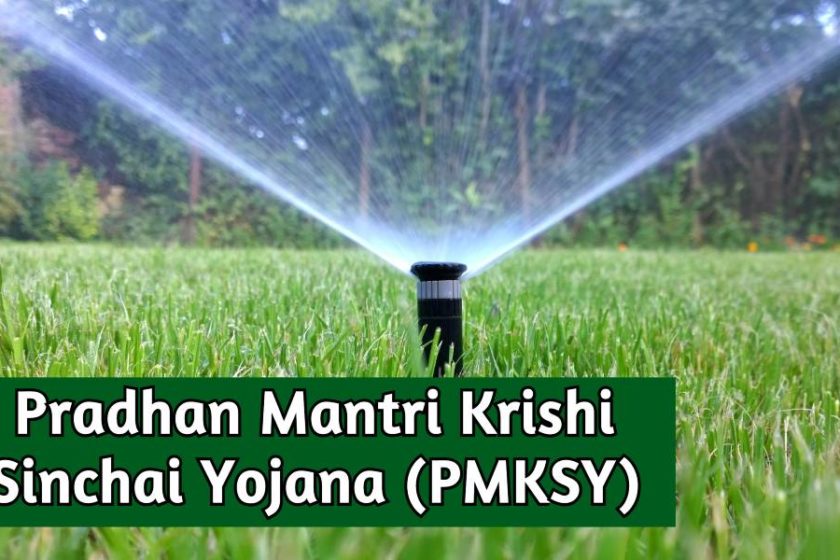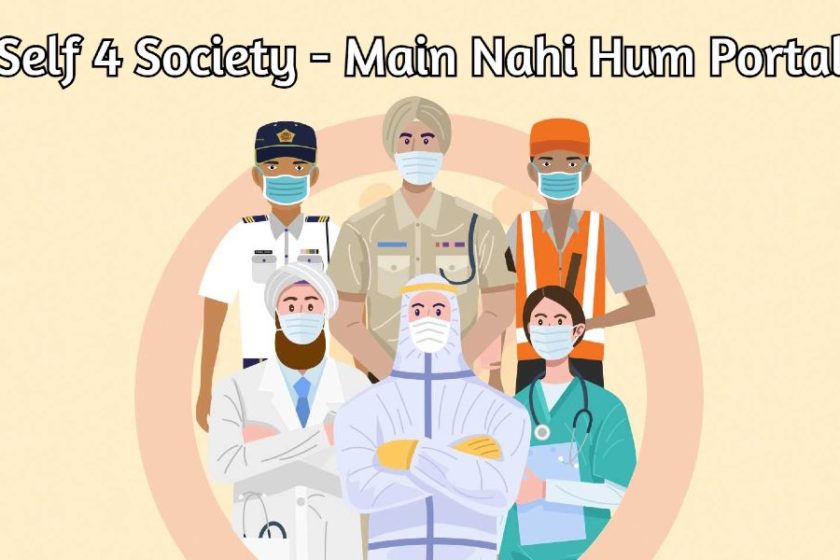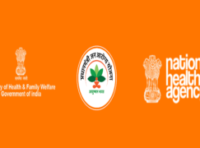Swachh Bharat Mission was launched by Prime Minister Narendra Modi on October 2, 2014, i.e., the 150th birth anniversary of Mahatma Gandhi. The scheme is operated by the Government of India with a goal of solving sanitation and waste management issues in the country by ensuring hygiene. Additionally, Swachh Bharat Mission is associated with the economic activity of India.
Objective
The scheme aims to provide sanitation facilities for all, including every rural family, by 2019. This is, however, just a primary objective; other objectives include:
- Building separate and community toilets
- Eradicating open defecation
- Constructing latrines and monitoring their usage by recruiting ground staff
- Spreading public awareness regarding the hazards of unhygienic lifestyle
- Ensuring solid and liquid waste management even at rural levels through gram panchayats
- Supplying clean water to all Indian households
Funding and financial sources
Swachh Bharat Mission has received fund allocation of Rs. 2 lac crore; the ratio of fund allocation between central and state governments and urban local government bodies is 75:25. For northeastern and especially classified states, the ratio is 90:10. The government of India has received financial and technological support from the World Bank. Moreover, corporate and private organizations/institutes are required to contribute to the Mission through their corporate social responsibilities.
Success
According to the independent survey conducted by the Quality Council of India in 2017, an overall national rural household access to the toilet has raised to 62.5%, whereas the usage of toilets has increased to 91.3%. Remarkably, in Haryana, 99% of households have procured individual toilets, and 100% usage of toilets has been noted. According to the survey conducted by the World Health Organization, since the implementation of Swachh Bharat Mission, nearly 180,000 deaths from diarrhea have been prevented in rural parts of the country.
For more information click here.
स्वच्छ भारत मिशन
स्वच्छ भारत मिशन को प्रधान मंत्री नरेंद्र मोदी द्वारा 2 अक्टूबर 2014 को लॉन्च किया गया था, अर्थात, महात्मा गांधी की 150 वीं जयंती पे। यह योजना भारत सरकार द्वारा स्वच्छता सुनिश्चित करके स्वच्छता और अपशिष्ट प्रबंधन के मुद्दों को हल करने के लक्ष्य के साथ संचालित है। इसके अतिरिक्त, स्वच्छ भारत मिशन भारत की आर्थिक गतिविधियों से जुड़ा है।
उद्देश्य
इस योजना का उद्देश्य 2019 तक हर ग्रामीण परिवार सहित सभी के लिए स्वच्छता सुविधाएं प्रदान करना है। हालांकि, यह सिर्फ एक प्राथमिक उद्देश्य है; अन्य उद्देश्यों में शामिल हैं:
- अलग और सामुदायिक शौचालय का निर्माण
- खुले में शौच को खत्म करना
- ग्राउंड स्टाफ की भर्ती करके शौचालयों का निर्माण और उनके उपयोग की निगरानी करना
- अस्वास्थ्यकर जीवनशैली के खतरों के बारे में सार्वजनिक जागरूकता फैलाना
- ग्रामीण स्तर पर भी ग्राम पंचायतों के माध्यम से ठोस और तरल अपशिष्ट प्रबंधन सुनिश्चित करना
- सभी भारतीय घरों में साफ पानी पहुंचाना
धन और वित्तीय स्रोत
स्वच्छ भारत मिशन को ₹2 लाख करोड़ का फंड आवंटन प्राप्त हुआ है; केंद्र और राज्य सरकारों और शहरी स्थानीय सरकारी निकायों के बीच निधि आवंटन का अनुपात 75:25 है। पूर्वोत्तर और विशेष रूप से वर्गीकृत राज्यों के लिए, अनुपात 90:10 है। भारत सरकार को विश्व बैंक से वित्तीय और तकनीकी सहायता मिली है। इसके अलावा, कॉर्पोरेट और निजी संगठनों / संस्थानों को अपनी कॉर्पोरेट सामाजिक जिम्मेदारियों के माध्यम से मिशन में योगदान करना आवश्यक है।
सफलता
क्वालिटी काउंसिल ऑफ इंडिया द्वारा 2017 में किए गए स्वतंत्र सर्वेक्षण के अनुसार, शौचालय के लिए एक समग्र राष्ट्रीय ग्रामीण घरेलू उपयोग 62.5% तक बढ़ा है, जबकि शौचालय का उपयोग 91.3% तक बढ़ गया है। उल्लेखनीय रूप से, हरियाणा में, 99% घरों में व्यक्तिगत शौचालय खरीदे गए हैं, और शौचालयों के 100% उपयोग पर ध्यान दिया गया है। विश्व स्वास्थ्य संगठन द्वारा किए गए सर्वेक्षण के अनुसार, स्वच्छ भारत मिशन के कार्यान्वयन के बाद से, देश के ग्रामीण हिस्सों में दस्त से होने वाली लगभग 180,000 मौतों को रोका गया है।अधिक जानकारी के लिए यहां क्लिक करें।








